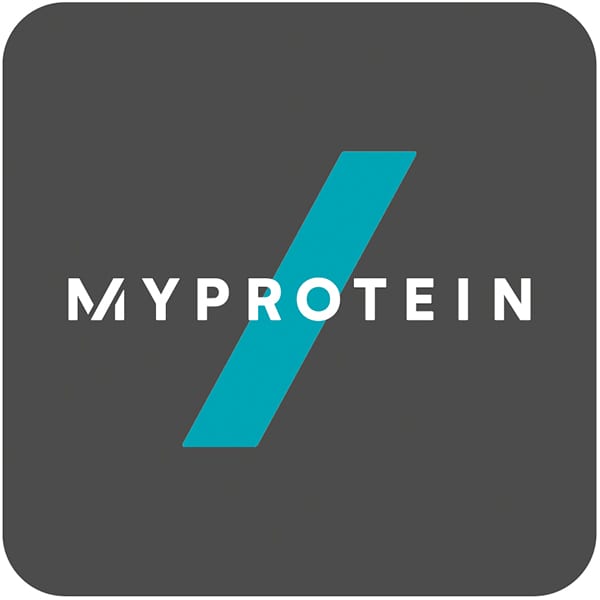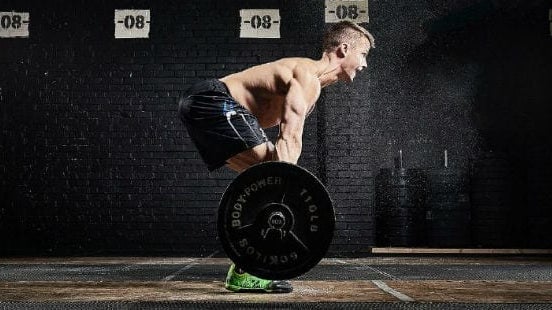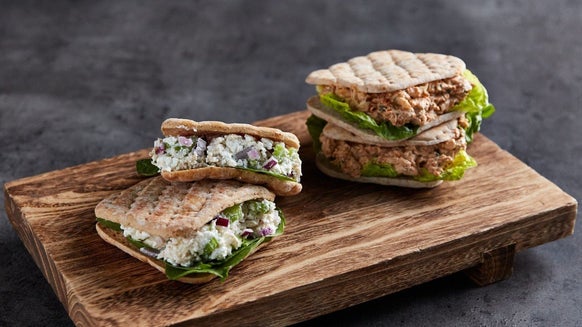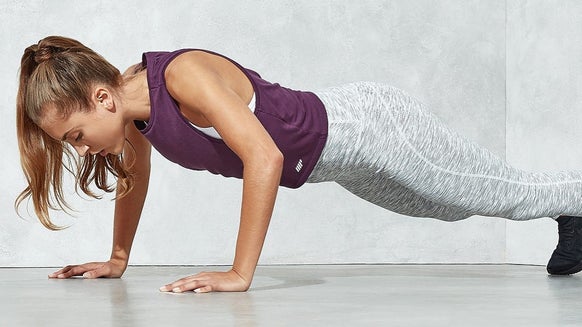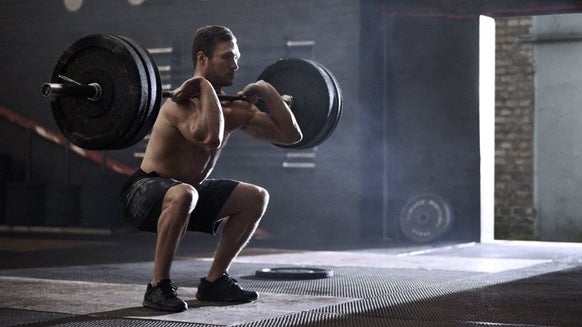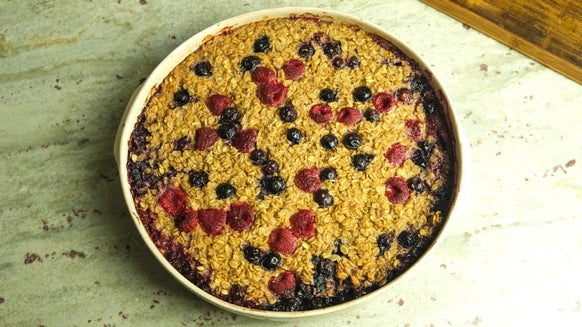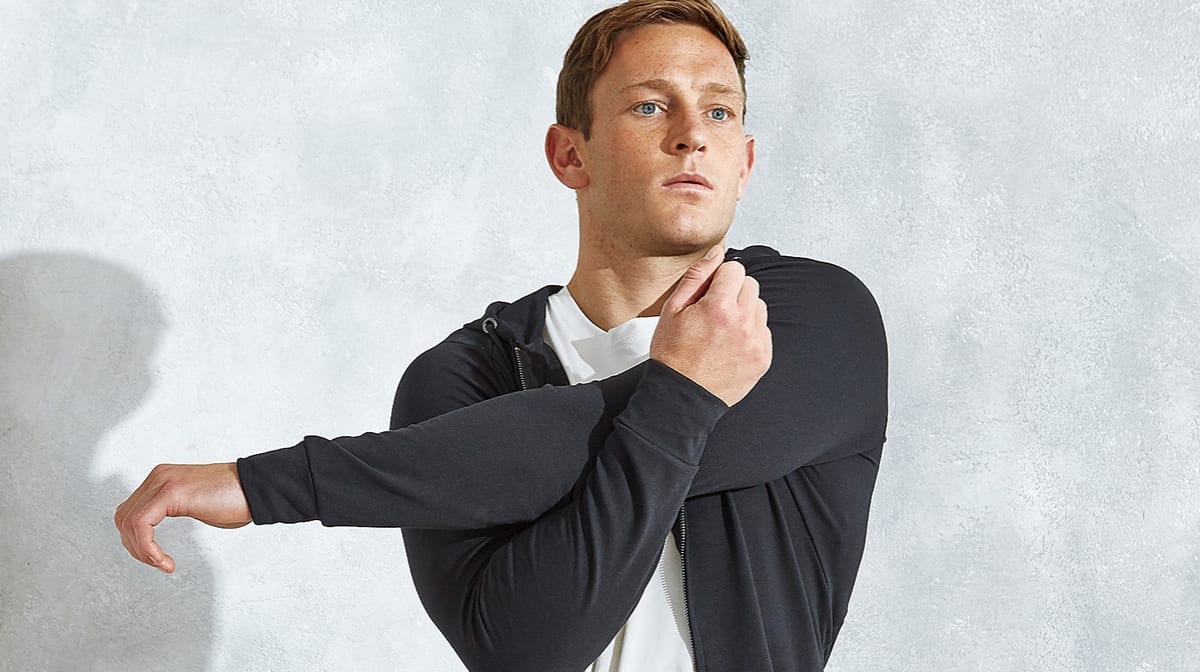
Shoulders can be often overlooked by people who strive for an aesthetic physique, with some concentrating on, for example, bigger arms or visible abs. However, building and maintaining a great set of deltoids can really make or break a physique!
Targeting the deltoid muscles specifically - it's important to note that they consist of three different sections (heads.) Respectively, you need a workout plan that covers all the divisions. This also applies to any other muscle group in order to create a well proportioned physique.
Shoulder Muscles
Firstly, it's beneficial to know the three different divisions of the deltoid muscle in order to understand what is being targeted through specific exercises - it's important to hit all of these three heads in order to fully develop your shoulders.
1)The Anterior deltoid, located on the front.
2) The Medial deltoid, the biggest part and will give you the wide look.
3) The Posterior/rear deltoid on the backside of your shoulder joint.
This workout plan is based upon isolating the deltoids, with minimal tricep involvement. The reason for this is due to my preference of training shoulders and triceps on the same day. I'd like to keep my triceps as fresh as possible before hitting them after shoulders.
1) Arnold Dumbbell Press
This is a variation of the traditional shoulder press - it is an exercise that provides a rotational movement throughout the range of motion, stressing all heads - and includes a partial side lateral raise!
a) Begin by setting up a weights bench at a 90-degree angle (for back support) and place dumbbells either side of the bench
b) Slowly pick up the dumbbells and, with palms facing the torso, place them at chin level
c) Begin to slowly press upwards whilst keeping the dumbbell close to the torso
d) Complete the move by externally rotating the hands whilst coninuing to move the weight in an 'arcing motion' above your head (similar to a normal shoulder press movement.)
Sets and reps: 3 x 10-12
✓ Focus on the negative part of the lift to keep tension
✓ Don't focus on getting the weight up and down as quick as possible.
2) Behind The Neck Press
This is an exercise that was used often by the old-school bodybuilders and probably falls under one of the less popular movements! However - it's a great exercise to widen your shoulders!
When going heavy, my recommendations are to hit it early in your session with a spotter. It's a better exercise than the regular OHP when targeting the medial head, because your elbows are moving out to your sides rather than in front, calling more stress upon your medial deltoid. I never lock out my arms when doing presses, unless I'm doing triceps.
✓ Using a squat rack if possible for ease, set up to match your height.
✓ Step under the bar with chosen loaded weight and position it on the back of your shoulders, just below the neck.
a) Grab tight hold of each side of the bar to enable you to safely lift it off the rack - make sure to use your leg strength to do this - make sure to straighten your torso.
b) Slowly step away from the rack and position your legs in a shoulder-width stance and focus on keeping your back straight.
c) Exhale and extend the barbell overhead by fully elevating you arms
d) Hold this position for 1-2 seconds, inhale and lower the barbell back to starting position
Sets and reps: 4 x 10-12
3) Front Dumbbell Raises SS Lateral Side Raises
The following exercises will most likely be the hardest for you to do as they are performed as a superset, however - I've found the combination of these exercises to be important in the overall shoulder development. It is also, in my opinion, the best way to isolate your medial and posterior heads. Both can be done seated or standing.
Front raises are one of the best ways to isolate your anterior deltoids. The grip can be both pronated or neutral and won't affect the exercise in major ways.
a) Start off with keeping the dumbbells at your sides, making sure to stay upright when lifting the dumbbells in front of you.
b) When raising the dumbbells, slightly relaxing your elbows might avoid tension in your triceps.
c) You can slightly rotate your arms inwards/outwards, as long as you feel the tension in your muscle being worked.
d) When your arms are parallel to the floor, hold it and feel the contraction for a second before lowering the dumbbells. Alternate with both arms.
Reps: 10 per arm - 20 in total.
Note: Control the weight on the way down for optimal hypertrophy - pick a weight that you can handle and avoid using momentum.
In contrast to the front raises, the lateral side raises are harder to master for most people. Using the dumbbells allows you more freedom than when using a machine assisted variation which can indeed cause damage to your joints when the pivot points are not adjusted correctly to your posture.
Here I've covered unilateral variant where you lead with the elbows slightly bent to minimise the triceps involvement and allows you to focus on one side.
a) Grab a pair of dumbbells and place at your sides, (palms facing inwards)
b) Keeping the torso stationary to prevent swinging, slightly bend the elbow and begin to exhale as you raise the weights up to shoulder height ("pouring" motion)
c) When arms are parallel to the floor, hold the contraction for 1-2 seconds
d) Exhale and slowly begin to lower your arms to starting position
✓ Keep a 10-30 second rest between doing them.
✓ Rest 45-60 seconds after completing one set of both, depending on your endurance.
4) Bent-over Lateral Raise
Now we have covered mainly the anterior and medial deltoids, it's time to stress the posterior deltoid.
I chose this exercise specifically because an underdeveloped rear deltoid is bad for your posture, and will pull your shoulders inwards due to your other two heads 'overpowering' it.
✓ Choose variation - e,g. grab dumbbells/set up weight and low pulley on cable machine. If using a cable pulley, movement will be performed one arm at a time.
a) With a slight bend in your legs, begin to bend at the waist to allow your torso to fall parallel to the floor
b) Once in correct position, begin to exhale and slowly extend your arms out to the sides until they are parallel with the floor
c) Squeeze at the top of the movement for 1-2 seconds
d) Inhale as you begin to slowly lower the weight(s) back to starting position
Sets and reps: 3 x 10
Deltoid Sample Plan
| Deltoid Workout Plan | |
| Behind The Neck Press | 3 x 10-12 |
| Arnold Press Press | 4 x 10-12 |
| Front Dumbbell Raises SS >> | 3 x 10 |
| Side Lateral Raises | 3 x 10 |
| Bent Over Lateral Raises | 3 x 10 |
Take Home Message
✓ Focus on the contraction in your muscles to make sure you are hitting them. Train for pain is not always true.
✓ Listen to your body, and adjust if necessary.
✓ Do not disregard your diet. Make sure you eat enough nutrients for your body to recover. Supplements may assist you in this matter.
